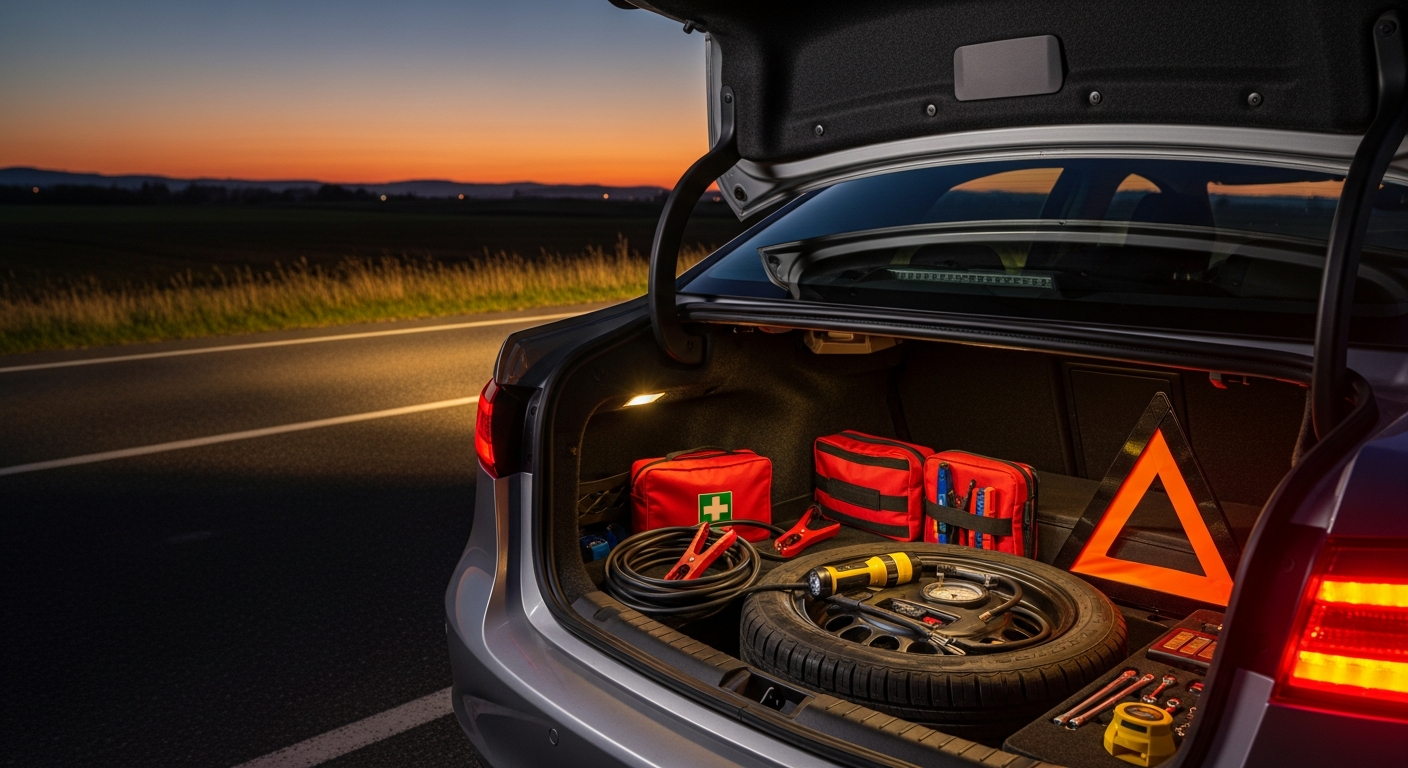What to pack in an emergency kit and where to store it
A well-prepared vehicle emergency kit supports safety and mobility during breakdowns or unexpected conditions. This guide outlines practical items to include—from basic tools and fluids to documentation and navigation aids—and explains smart storage locations in your vehicle so supplies remain accessible, protected, and ready for routine maintenance or roadside situations.

Keeping a compact, well-organized emergency kit in your vehicle reduces stress and helps you respond effectively if a problem occurs on the road. Regular maintenance and inspection of both the car and the kit ensure items remain usable. Store items so they’re easy to reach but secured against shifting; consider a trunk organizer, a dedicated under-seat bin, or weatherproof containers for fragile components and documentation.
Maintenance and inspection
A routine inspection of your kit should happen whenever you perform vehicle maintenance. Check expiration dates, test flashlights and battery packs, and top up fluids after long trips. Regularly inspect tires, brakes, suspension components, lights, and battery connections as part of preventive care; keeping basic tools and a checklist in your kit helps record findings and track when professional service is needed. Frequent visual checks cut downtime and increase safety.
Tires and brakes
Include a portable tire inflator or a can of sealant for temporary repairs, a pressure gauge, and a sturdy lug wrench. A compact jack rated for your vehicle and wheel chocks improve safety when changing a tire. For brakes, carry disposable gloves and brake cleaner wipes for minor maintenance tasks while avoiding speculative repairs; if you detect grinding or reduced stopping power during an inspection, seek professional service rather than attempting complex fixes roadside.
Battery and electrical lights
A reliable jumper cable set or a compact jump starter can restore a dead battery quickly. Keep spare fuses and an assortment of bulbs for headlights and interior lights, along with electrical tape and basic wire connectors. Store small electrical items in a sealed pouch to prevent corrosion. When inspecting the battery, look for secure terminals and signs of corrosion; a weak battery often shows slow cranking or dim lights before it fails.
Fluids and suspension care
Carry a small, sealed bottle of engine oil, coolant/antifreeze, and brake fluid compatible with your vehicle to address minor top-ups after an inspection indicates low levels. A compact funnel and absorbent pads help manage spills. For suspension-related issues, include a portable tire pressure gauge and notes on recommended pressure; visible sagging, uneven tire wear, or unusual noises during an inspection often indicate suspension service is needed rather than on-the-spot repairs.
Emergency tools and safety items
Pack items for immediate safety and temporary repairs: a first-aid kit, reflective triangle or high-visibility vest, flashlight with extra batteries or a rechargeable light, multipurpose tool, duct tape, and a compact fire extinguisher rated for automotive use. Include waterproof matches or a lighter, and consider an emergency blanket for cold conditions. Store heavier items low and secure to avoid shifting: a trunk organizer or dedicated cargo net helps keep tools accessible while preventing damage to the vehicle or occupants.
Documentation and navigation
Keep a waterproof folder with important documentation: vehicle registration, insurance, owner’s manual, and a copy of recent maintenance or inspection records. Add a printed map and a charged portable power bank for phones, plus a preloaded offline navigation app in case cellular service is unavailable. Having documentation and clear directions reduces time at roadside services and helps local services verify vehicle details if assistance is needed.
Conclusion A practical emergency kit balances tools for minor repairs, replacement parts, safety gear, and clear documentation. Regular inspection and coordinated storage—using organizers, sealed containers, and accessible compartments—keep the kit reliable and usable. Align kit contents with routine maintenance priorities for tires, brakes, battery, fluids, lights, and suspension so that both preventive care and emergency response are supported without relying on speculative remedies.





